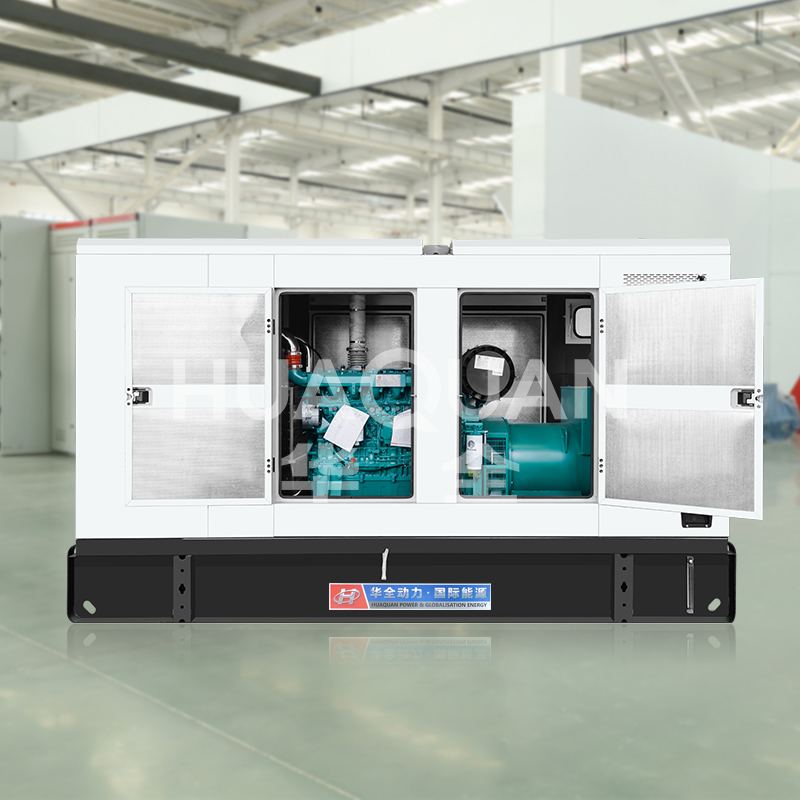2025-07-22Browse Index:
workshop generator is indispensable power sources in manufacturing and industrial environments, providing reliable electricity for machinery, tools, and lighting. However, improper handling can lead to hazards. Below are essential precautions to ensure safe and optimal workshop generator performance.

Proper Installation and Ventilation for Workshop Generator
Always place the workshop generator in a well-ventilated area to prevent carbon monoxide buildup. Enclosed spaces require exhaust systems to disperse harmful fumes. Ensure the unit is on a stable, level surface to avoid fuel leaks or tip-overs.
Load Capacity Awareness
Avoid overloading the workshop generator. Calculate the total wattage of connected equipment beforehand and stay within the generator’s rated capacity. Overloading can cause overheating or damage to both the generator and devices.
Fuel Management
Use only the recommended fuel type for your workshop generator. Store fuel in approved containers away from ignition sources. Refuel only when the generator is off and cooled down to minimize fire risks.
Regular Maintenance for Workshop Generator
Schedule routine checks for oil levels, air filters, and spark plugs. A well-maintained workshop generator operates efficiently and reduces unexpected breakdowns. Follow the manufacturer’s service intervals.
Electrical Safety
Use grounded outlets and inspect cables for wear before each use. Never operate a workshop generator in wet conditions or with wet hands to prevent electrocution.

Emergency Preparedness
Keep fire extinguishers nearby and train staff on emergency shutdown procedures. Post clear instructions near the workshop generator for quick reference.
By adhering to these guidelines, your workshop generator will deliver consistent power while prioritizing workplace safety.
More information about workshop generator: https://huaquanpower.com/





